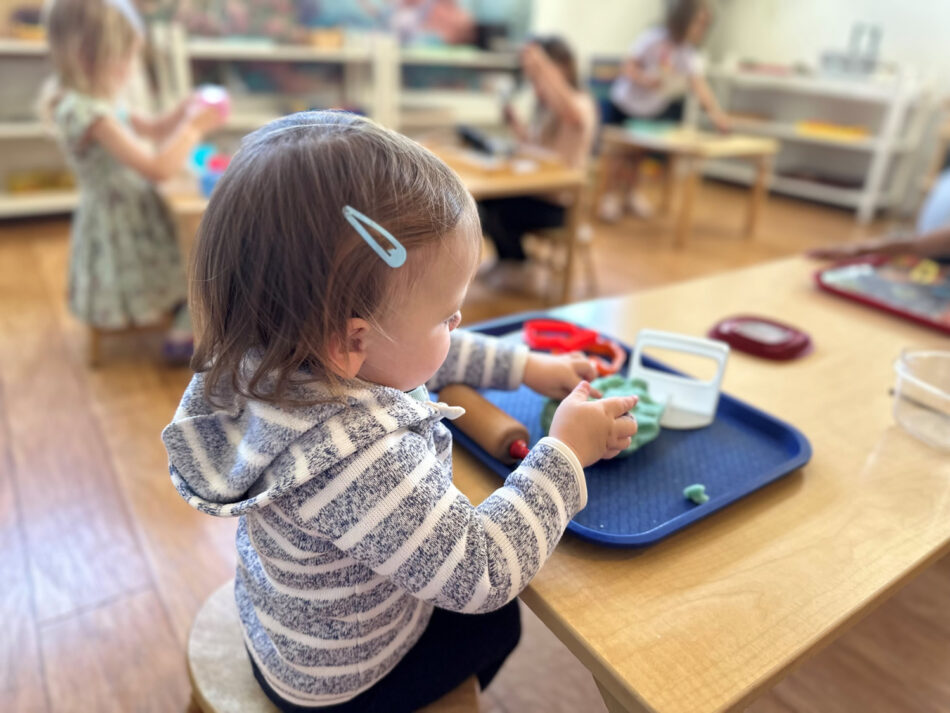In Larkspur, Montessori education is more than an academic approach—it’s a holistic method of nurturing creativity, independence, and critical thinking in young children. At the heart of this philosophy are hands-on activities designed to connect the child’s mind and body through real-world experiences. Montessori hands-on activities not only engage children but also inspire them to learn by doing, exploring, and creating.
1. The Power of Hands-On Learning
Montessori classrooms are intentionally prepared environments where every item serves a purpose. These environments are filled with hands-on activities that support physical coordination, concentration, and cognitive growth. Children don’t sit passively through lessons—they actively interact with materials to discover concepts at their own pace.
By working with their hands, children gain a deeper understanding of abstract ideas. Whether it’s learning numbers through bead chains or practicing language with sandpaper letters, Montessori activities allow them to internalize lessons naturally and joyfully.
2. Key Areas of Hands-On Learning in Montessori
Montessori hands-on activities are designed to meet the developmental needs of children across multiple domains. Here are some essential areas where hands-on learning shines:
- Practical Life Activities: These include pouring, sweeping, spooning, dressing frames, and preparing snacks. These real-life tasks help children develop fine motor skills, focus, and a sense of independence and responsibility.
- Sensorial Exploration: Children use materials such as color tablets, knobbed cylinders, sound boxes, and geometric solids to refine their senses and understand differences in size, shape, color, and texture.
- Mathematics: Bead chains, number rods, and spindle boxes make abstract numerical concepts tangible. Children develop a solid foundation in math by physically manipulating materials and visualizing quantities.
- Language Development: Activities like matching picture cards, tracing sandpaper letters, and using movable alphabets help children connect letters, sounds, and words in a multisensory way.
- Cultural and Scientific Discovery: Montessori children are exposed to the wider world through globe puzzles, nature trays, maps, and botany materials, fostering curiosity about geography, science, and nature.
3. Creativity Through Artistic Expression
In Larkspur, Montessori programs also emphasize creative outlets such as painting, collage, music, and movement. Art is considered a natural form of self-expression and is integrated into everyday activities. Through clay modeling, watercolors, and musical exploration, children express their feelings, tell stories, and explore ideas—all while strengthening their fine motor skills and confidence.
These artistic experiences are unstructured and child-led, encouraging each child to explore without fear of judgment or mistake. Creativity becomes a tool for communication, innovation, and problem-solving.
Final Thoughts
Montessori hands-on activities empower children in Larkspur to be independent thinkers, curious learners, and joyful creators. These tactile, engaging experiences make education not only effective but also deeply meaningful. They help children develop a lifelong love for learning by connecting their hands, hearts, and minds in every task.
At Montessori For Toddlers, we believe that Montessori hands on activities Larkspur families value, are the foundation for developing curious, confident, and creative minds from the very beginning.









